
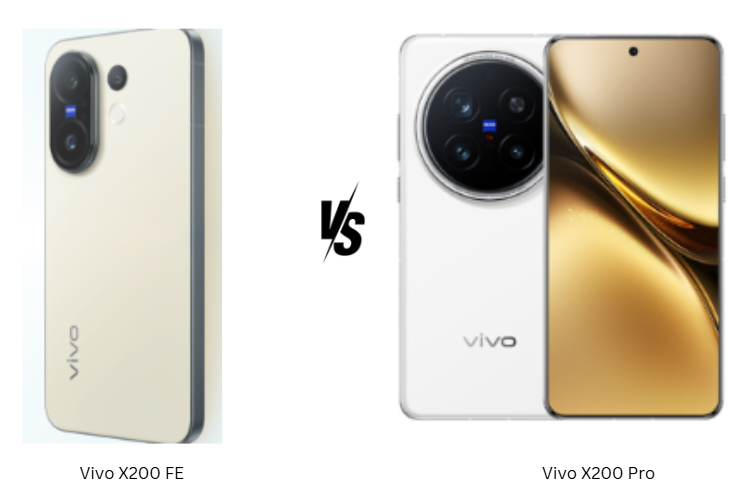
The Vivo X200 FE and X200 Pro offer flagship-tier features at the same price point, making this comparison essential for buyers seeking value without compromise. With both phones targeting different user preferences, compact endurance vs. premium performance, understanding their core differences helps decide which suits your daily needs best.
Design and Display
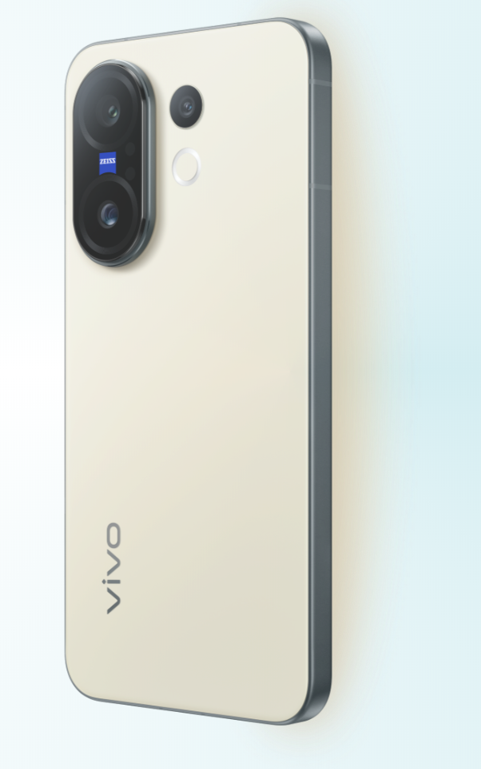
Build and Feel:
Both phones offer a premium build with glass fronts and aluminum frames, but the X200 Pro adds more material flexibility, offering either a glass back or a lighter glass fiber option. It also feels more robust due to its larger footprint, though this comes with increased weight. The X200 FE, with its more compact size and lighter body, may appeal to users who prioritize one-handed usability and portability. Both phones share top-tier IP68/IP69 certification, making them equally resilient to water and dust.
Display Quality:
The X200 FE features a compact 6.31-inch LTPO AMOLED panel with a high pixel density and impressive peak brightness, making it excellent for outdoor use. However, the X200 Pro delivers a larger 6.78-inch LTPO AMOLED screen with Dolby Vision, Ultra HDR support, and comparable brightness. While both panels are high-end, the X200 Pro offers a more immersive experience, ideal for multimedia and gaming, especially with Dolby Vision’s superior dynamic range.
Verdict:
The X200 FE offers a more compact and manageable design, but the X200 Pro stands out with its immersive display, Dolby Vision, and enhanced visual features. For those prioritizing screen experience and cinematic quality, the X200 Pro has the upper hand.
Specifications
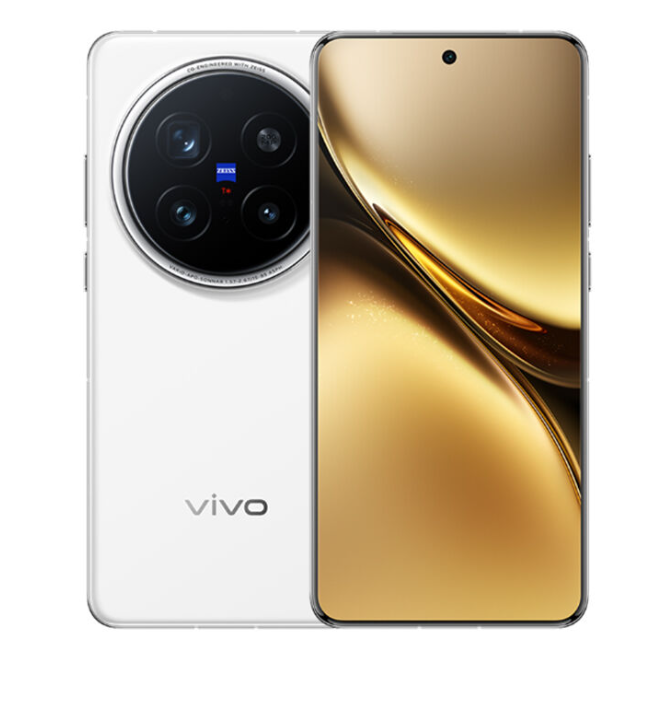
Performance:
The X200 FE is equipped with the powerful Dimensity 9300+ chipset, which is efficient and capable of daily tasks and gaming. The X200 Pro, however, steps up with the newer 3nm Dimensity 9400, offering higher clock speeds, better thermal efficiency, and improved GPU performance. The GPU upgrade to Immortalis-G925 in the Pro also benefits graphic-intensive tasks. UFS 4.0 storage in the Pro ensures faster data transfer compared to UFS 3.1 in the FE.
Battery and Charging:
Both devices support 90W wired charging, but the battery capacity differs. The X200 FE leads in raw capacity at 6500mAh globally, ideal for extended usage. The X200 Pro features a slightly smaller 6000mAh battery but adds 30W wireless charging, which the FE lacks. For users needing versatility in charging, the Pro offers more flexibility.
Verdict:
While the X200 FE boasts a larger battery for longer screen time, the X200 Pro’s superior processor and wireless charging option make it better suited for power users and multitaskers. The Pro wins in performance and feature-rich versatility, while the FE focuses on endurance.
Camera
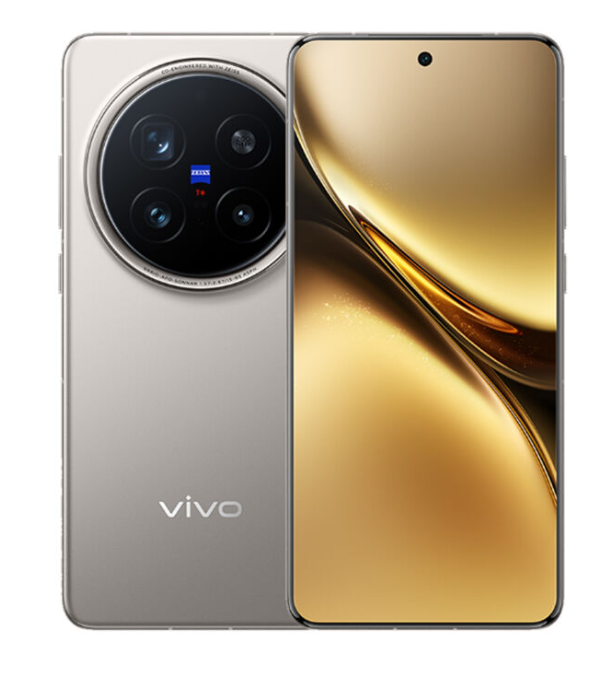
Main and Secondary Lenses:
The X200 FE includes a capable 50 MP main lens, 50 MP 3x telephoto, and 8 MP ultrawide camera, delivering well-rounded performance with Zeiss optics and decent zoom. However, the X200 Pro dominates with a 50 MP main lens on a larger sensor, a massive 200 MP periscope lens with macro capabilities and better OIS, and a 50 MP ultrawide with autofocus. It also supports 8K video, 10-bit Log, and Dolby Vision, giving it a professional-grade edge.
Selfie Camera:
The FE uses a 50 MP selfie shooter that supports 4K video, ensuring sharp and detailed front-facing shots. The X200 Pro drops to 32 MP but offers a wider field of view, making it better for group selfies or vlogging. It also supports 4K at both 30 and 60fps, giving it a performance boost in front video.
Verdict:
For content creators or mobile photography enthusiasts, the X200 Pro’s camera system is significantly more advanced. It delivers richer zoom, more video features, and greater sensor sizes. The FE is solid, but the Pro brings flagship-level imaging.
Pricing
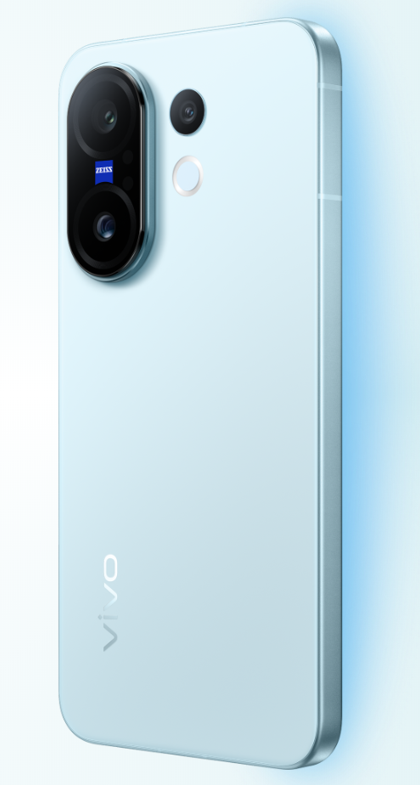
Both phones are priced similarly at approximately $700. However, the X200 Pro offers more flagship-class features, including a higher-end chipset, superior camera system, Dolby Vision display, and wireless charging. The X200 FE, while equally priced, seems positioned for those who value compactness and extended battery life over cutting-edge specs.
Given the parity in cost, the X200 Pro provides more hardware value for the money.
Disclaimer:
Prices are approximate and may vary based on country, region, and applicable taxes.
Conclusion
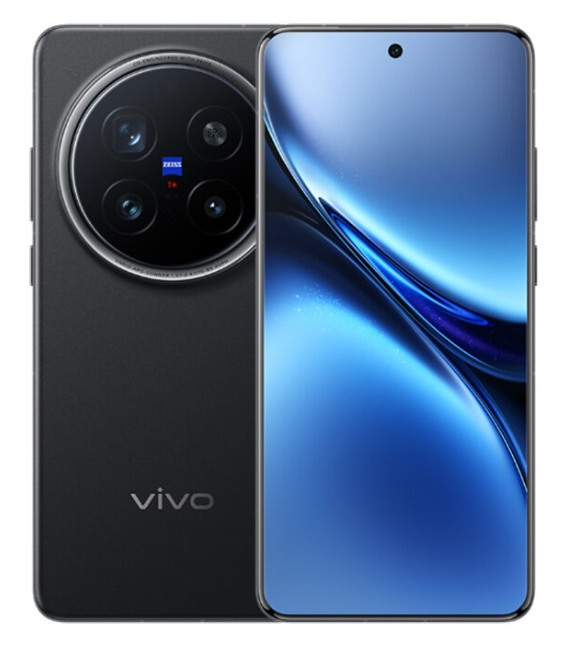
The X200 Pro stands out with a 200 MP telephoto camera, Dolby Vision support, UFS 4.0 storage, and optional satellite connectivity, features typically found in ultra-premium flagships. Meanwhile, the X200 FE is one of the few compact premium devices with a massive 6500mAh battery and a high-quality telephoto camera, targeting users who prioritize battery endurance and compact usability.
Verdict:
Choose the X200 Pro if advanced photography, high-speed performance, and display quality are your priorities. Go for the X200 FE if you want a more compact device with longer battery life and a strong everyday camera system. For power users and media creators, the X200 Pro delivers more.
Read More:
- Huawei Pura 80 Ultra vs OnePlus 13 – Which Premium Flagship Would You Choose ?
- Xiaomi 15 vs OnePlus 13s: Which Compact Flagship Is Better?
- Oppo Reno 14 vs OnePlus 13S: Power or Practicality, What Will You Choose?
The post Vivo X200 FE vs X200 Pro: Which Flagship Fits You Best? appeared first on Gizmochina.








